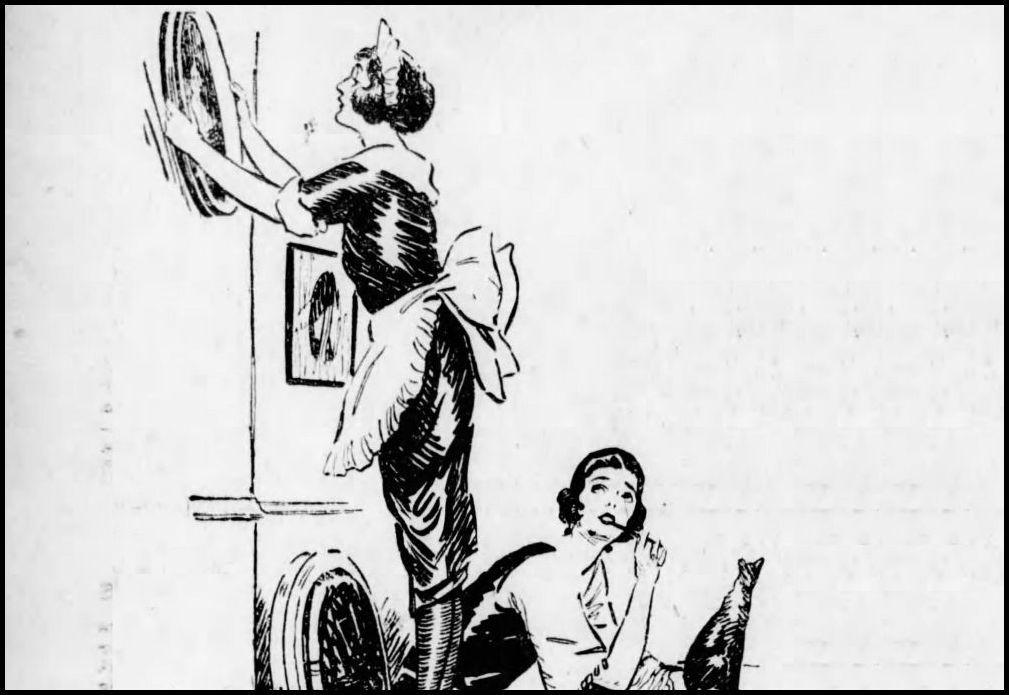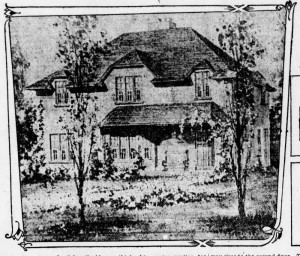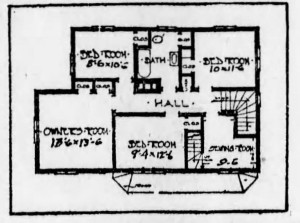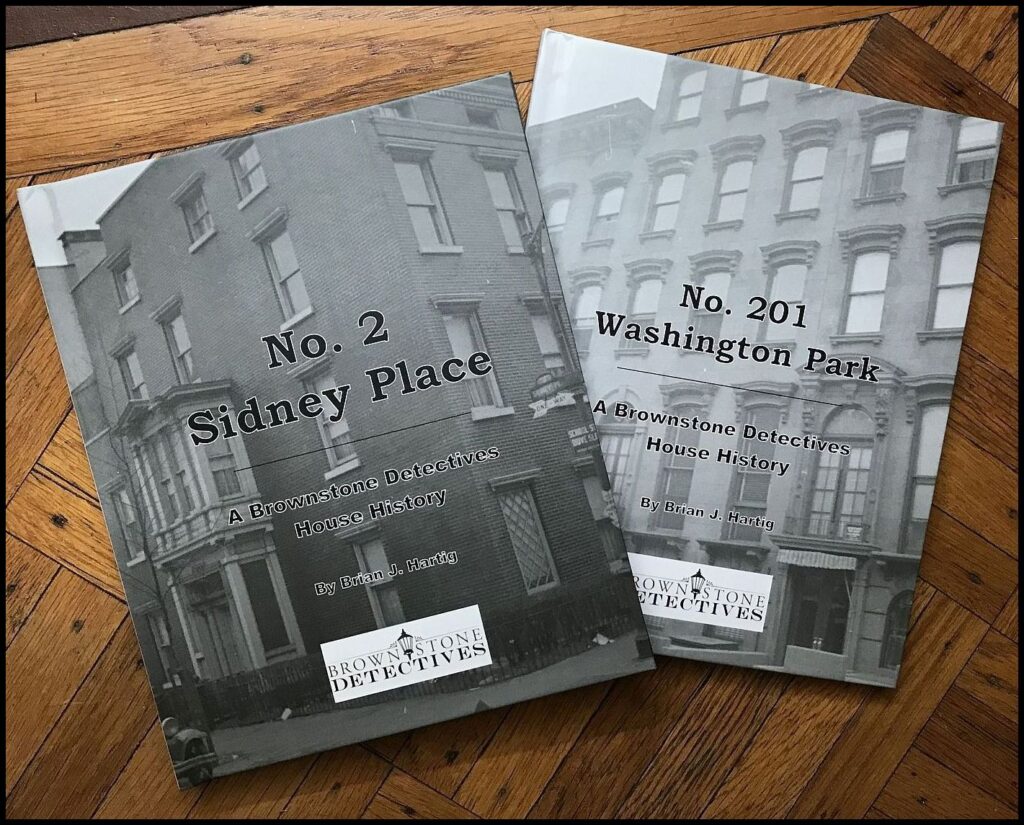DESIGNING THE MAID-PROOF HOME (1922)

Brownstone Detectives investigates the history of our clients’ homes.
The story you are about to read was composed from research conducted in the course of one of those investigations.
Do you know the history of YOUR house?
********************************************************************************************************************************

We all know how difficult it is to keep a good maid.
They are constantly “on the make” for higher wages or, worse, threatening to leave your employ for that of another family.
But Brooklyn builders in 1922 were working strenuously to help you keep your hired help.
Towards this end, they seemed to have lit well upon the solution to this dilemma:
“
THE MAID-PROOF LAYOUT

Of course, these, presumably male, architects didn’t fail to consider the arrangement of the kitchen, where women – and maids, of course – did much of the work.
Make it so arranged, said these particular architects, that it is attractive, as well as convenient.
The architects, in the layout of this new model house, show a “very complete service portion with laundry on the first floor, adjoining the kitchen, instead of in the basement, as is usually the case.”
Additionally, the kitchen boiler, they note, “may be placed in the basement” instead of the kitchen, where, in the past, it’s made that room “uncomfortably warm in summer.”

DOWNSTAIRS. UPSTAIRS.
They go on to show in their drawings that there are “four bedrooms and a bath upstairs, arranged in such a way that the bath is equally accessible from all rooms.”
Intriguingly, they place the sewing room “off to one side, where it is quiet, and the machine may be put directly under the window, where a flood of light will enter.”
Women love that.
But don’t forget making that sewing room accessible by a maid’s stairwell, because, well, you know, maid’s sew, too.
“Altogether,” they conclude, “the interior arrangement of the house is all that could be desired from a woman’s point of view.”
Even though, it was designed….by a man?
———————————————————————————————————————–
 Brownstone Detectives is an historic property research agency. Our mission is to document and save the histories of our clients’ homes. From our research, we produce our celebrated House History Books and House History Reports. Contact us today to begin discovering the history of your home.
Brownstone Detectives is an historic property research agency. Our mission is to document and save the histories of our clients’ homes. From our research, we produce our celebrated House History Books and House History Reports. Contact us today to begin discovering the history of your home.